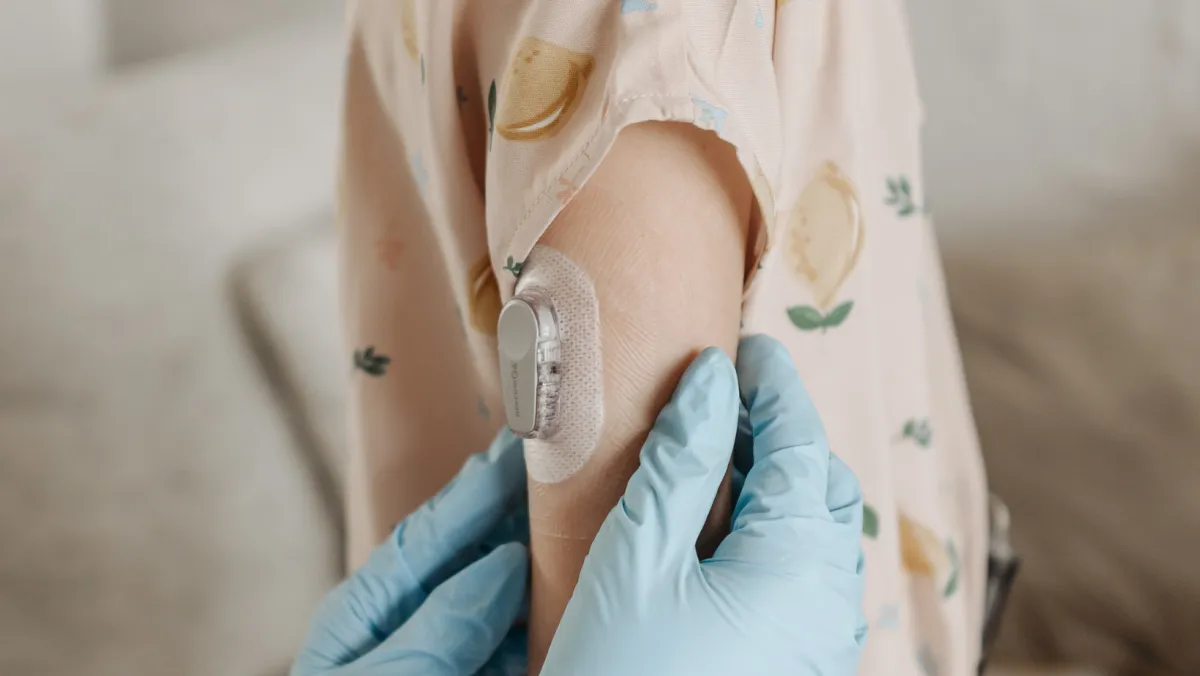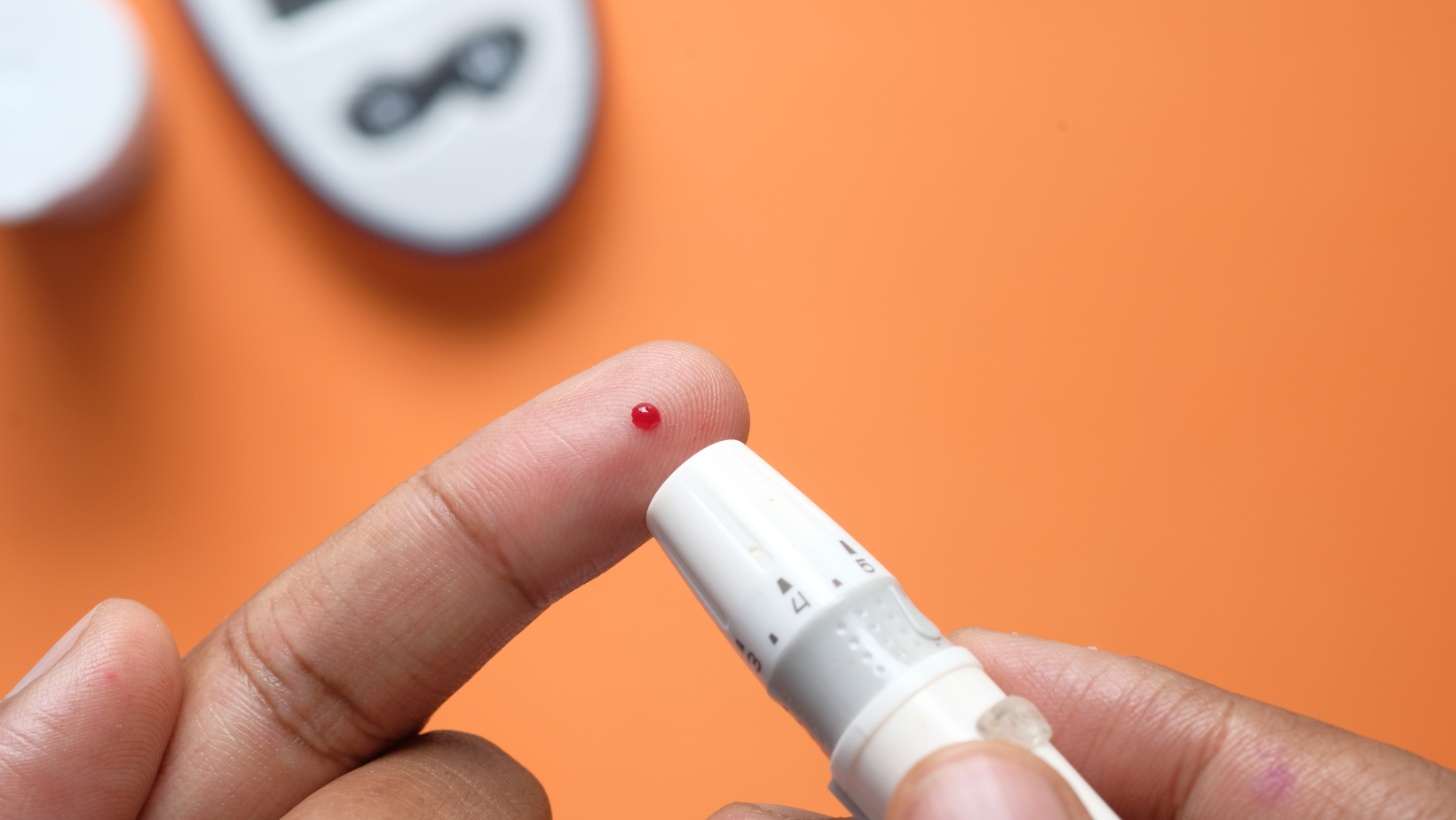
CGM Tracking: The Facts You Need To Know
When talking about diabetes, we can’t go without discussing the game-changing technology behind CGMs or continuous glucose monitors.
Whether you have recently been diagnosed with diabetes or have been managing the condition for years, CGMs can be an extremely effective tool. This blog aims to help you learn the ins and outs of CGM tracking, understand the benefits and challenges and ultimately empower you to make an informed decision if integrating a CGM into your lifestyle is right for you.
So, let’s dive in and explore the world of CGMs and unravel the potential it holds to simplify blood sugar management!

What is a CGM?
A CGM or continuous glucose monitor is a device that allows individuals to monitor their blood sugar levels frequently throughout the day. Most commonly worn by individuals with diabetes, CGMs are also a tool for anyone looking to learn more about how their blood sugar levels respond both day and night.
CGMs provide valuable insights into how different factors like food, exercise, medication, stress and sleep affect blood sugar levels. They provide a comprehensive view that empowers individuals to proactively manage their condition, reduce the risk of complications and improve overall blood sugar control.
How do CGMs work?
CGMs work by transmitting data wirelessly from a sensor that is inserted under the skin, typically in the arm or abdomen, to a receiver or smartphone app. The device provides real-time updates that allow the individual to make decisions on his or her care.
One of my favorite success stories to tell about the impact of CGMs is a past client that was able to gain tighter control of her daily blood sugars. The CGM showed that she was waiting too long in the morning after waking for her first meal. Unfortunately, her sugars would drop then spike once she did eat breakfast. Using the CGM data, we tweaked the timing of meals and her glucose levels were better controlled within the week. We were able to meet the goal of avoiding mountain spikes and aim for a rolling hill instead.
Additionally, as an avid runner, this client was able to identify what and when to eat for long distance runs. The CGM was a tool that we used to set her on a better path without fluctuations during workouts.
What does a CGM measure?
When wearing a CGM, the glucose levels in interstitial fluid are measured because of how the sensor is inserted.
It is important to note that if you were to test your blood sugar and compared to the readings of a CGM, you would likely see a minimal difference between the two measurements. This is because there is a 10-15 minute delay on the CGM reading due to measuring interstitial fluid instead of capillary blood.
While there is this slight delay, keep in mind that CGMs also measure glucose levels 24-hours a day when wearing the device. This is how the device is able to provide comprehensive insights and data trends unlike fingerstick checks, which are only a snapshot of information.
Why are CGMs beneficial?
There are numerous benefits that CGMs offer to the user. One of the key advantages is the benefit of being able to access real-time data. This information allows the individual to gain a deeper understanding on how his/her glucose levels are trending during the day.
For example, they can learn which specific foods spike blood sugars, how movement after eating impacts trends and the benefit of combining protein and healthy fats with fiber at meals.
I typically suggest that new users wear their first CGM for its lifespan before making any drastic changes. This allows time to gain an awareness on how certain factors influence levels so personalized changes to best support health goals can be made.
Another benefit is the device includes alerts that can be set to signal for high or low blood sugar levels. For example, the alarm will alert for any hypoglycemic event overnight. This can be especially beneficial for individuals that are insulin-dependent and are working to control hyperglycemia and reduce symptoms of hypoglycemia.
These alarms are also a helpful tool for individuals that are in the prediabetes range and are attempting to identify which foods are causing their blood sugars to spike.
The most common benefit you have likely heard but is important to cover is CGMs eliminate the frequency of fingersticks to test blood sugar levels. A glucose meter or glucometer is another way to test blood sugars. It includes pricking your finger for a blood sample that is read via the meter. Compared to glucometers, CGMs provide a more convenient and less painful way to monitor glucose levels.
Overall, CGMs provide insights and trends, facilitate proactive management and improve quality of life.
Challenges with CGMs
There is no doubt that CGMs have significantly improved diabetes management. However, there are a few disadvantages that I want to touch on regarding CGMs.
One of the most common challenges is accuracy of the sensors. Inaccurate readings can occur due to factors like calibration errors, environmental causes and pressure changes.
Another difficulty is the longevity of the CGMs. Ranging anywhere from seven to 14 days, different devices have varying lifespans. Individuals are responsible for monitoring the device and replacing it regularly for the most accurate data. When replacing, there is a warm-up period that can cause interruptions in glucose monitoring. This requires the user to not rely on the device and instead use a glucometer to test levels during this period as needed.
The cost associated with the device can be another challenge for some individuals where the CGM is not fully covered by insurance. I always encourage my clients to discuss the financial commitment with their physician and health insurance company before requesting a prescription for a CGM.
Can using a CGM cure diabetes?
CGMs do not cure diabetes. Rather, they are a tool that can be used to manage diabetes. However, since diabetes is primarily a lifestyle related disease, it can be properly managed and ultimately reversed into submission with consistent action.
CGMs can equip you with the awareness, knowledge and guidance to establish sustainable lifestyle habits that propel you into a healthier state of being.
How to Get a CGM?
As a diabetes dietitian, I believe in transparency and providing the most accurate and updated information regarding diabetes care. CGMs have emerged as the newest technology to help individuals with diabetes recognize they have options when it comes to diabetes management.
Learn more about the current CGMs on the market.
If you feel you would benefit from using a CGM to detect glucose patterns, understand how certain factors impact your levels and help establish a proactive management plan, I encourage you to speak to your physician to determine if a CGM prescription is available to you.